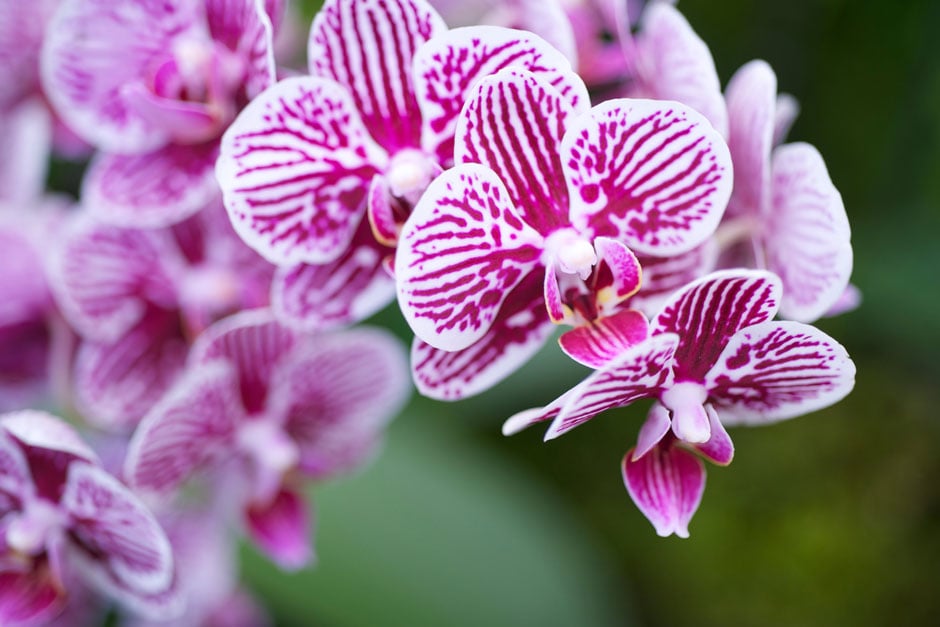Have an early spring indoors
Autumn is the perfect time to prepare flowering bulbs for an impactful indoor display in the darkest days of midwinter
Seeing spring flowers up close is always a joyful experience – especially indoors in midwinter when all is cold and grey outside. Controlling growing conditions so that
Most bulbs need a chill period, to mimic having been through winter. You can buy ‘prepared’ hyacinth bulbs (temperature-treated to flower early) but for most other bulbs (including paper-white daffodils and Hippeastrum or amaryllis) a few weeks in a dark, cool shed or garage after potting-up is enough. Allow 6–10 weeks, depending on species,
When the bulbs are ready to come indoors, keep them somewhere draught-free and not too hot (avoid a windowsill right above a radiator, for example). Cooler spots out of direct sunlight will encourage the leaves to green up, while a brighter position will accelerate blooming.
Give water to the planted pot lightly and evenly, as bulbs only need a minimal amount to start growing. Be mindful if your bowl does not have any drainage holes, as excess water will be unable to drain away and this could cause the bulbs to rot (bulb fibre contains charcoal which helps keep the substrate ‘sweet’).
This article is adapted from an item in The Garden magazine.


